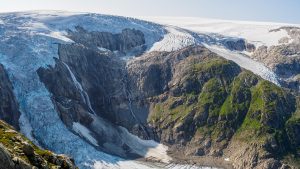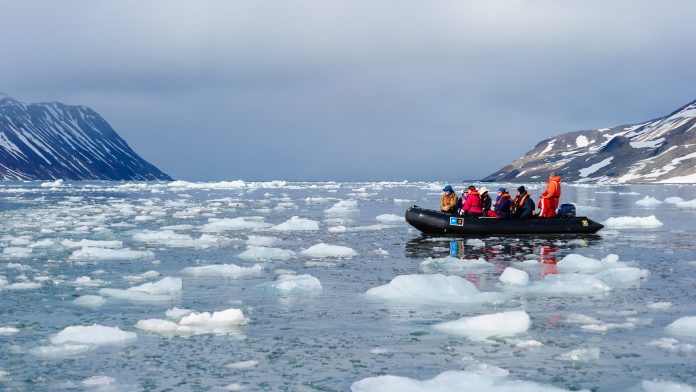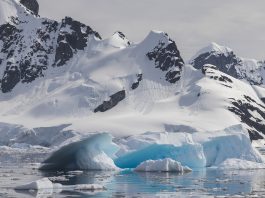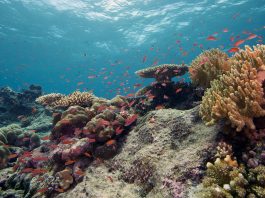Researchers have found that museum collections can be used as a tool for assessing how species will be affected by climate change.
Scientists have long known that climate affects life on Earth, with major changes in climate making a significant difference. Not all species thrive everywhere on the planet, with climate change impacting a variety of factors.
“The climate affects the life cycle of species, the number of individuals of a species, the overall number of species, and the composition and distribution of species in an area,” said James D M Speed, a professor in the Department of Natural History at the Norwegian University of Science and Technology’s (NTNU) University Museum.
However, it is difficult to estimate how small or large a change in temperate is needed to impact any of these factors. This also varies a lot from species to species, with certain species being able to thrive over a large and varied area, while others only thrive in very limited areas.
Because of this, a team of researchers discovered a helpful method to check how species in a specific area are responding to climate change – analysing museum collections.
The research, ‘A regionally coherent ecological fingerprint of climate change, evidenced from natural history collections,’ is published in the journal Ecology and Evolution.
Getting answers can be a challenge when analysing how the climate affects species
When trying to find answers on how climate affects a species, researchers often investigate many different questions in a large geographical area. Several different methods may also be used that make results from different surveys difficult to compare.
These factors make it challenging to measure the local effects of climate change.
Publication bias can also affect our overall impression, which happens when research results that show no effect are not published and are therefore not available to other researchers. Because of this, not all investigations are equally relevant and it is possible to fall into several traps.
The researchers examined museum collections to measure the ecological response to climate change
The researchers discovered a helpful method to check how species in a specific area have been affected by temperatures over a longer period of time.
“We used museum collections that have been built up over 250 years to measure the ecological response to climate change in central Norway,” said Speed. “We looked at a number of species, including vertebrates, invertebrates, plants, and fungi.”
These museum collections are archives of the life in an area over a long period of time. These archives can provide valuable information about how the world is today and about how we can expect the world to be affected by climate change.

“What these data and the objects in the museum collections have in common is that studying climate change was not one of their purposes when they were collected. Only now are we seeing that the collections are relevant and that we can use them for such a purpose,” said Tommy Prestø, the senior engineer who is responsible for the day-to-day operation of the botanical collections at the NTNU University Museum.
“It’s really interesting to be able to show that we can use the museum collections in new and innovative ways,” said Prestø. The results show that even small changes to the climate can have quite a large impact.
Temperatures rising by one degree can have a significant impact
The researchers found that for each degree the temperature rises, the number of zooplankton decreases by almost 7,700 individuals per cubic metre of water per degree warmer in Jonsvatnet, a lake in Trondheim. Flowering plants also bloom earlier throughout Trøndelag – on average two days earlier per degree warmer. When some species change, the life cycle of other species may change as well, for example, species that eat zooplankton, or plants.
“We can see a clear, regional connection with the climate,” said Speed.
“For certain plant species, we’ve found that they’re flowering on average nine days earlier per century. This means that some of our plant species bloom three weeks earlier now than they did 250 years ago,” said Prestø.
Stable species composition over time
“But not everything changes with the climate. Some aspects of nature are more resilient. Overall, the distribution of species and species diversity stays stable over time. That surprised us,” said Speed.
The fluctuations in the number of animals and species composition do not directly follow fluctuations in temperature, either. A period of 250 years can have phases of a warming or stable climate.
The species response could be delayed to climate change, but could also be affected by other causes like changing land use, which is the biggest environmental problem, according to the International Nature Panel IPBES.
The importance of collections for researchers
These insights into climate change would not have been possible without the extensive natural history collections that have been gathered from the 1700s to the present day.
“Natural history collections can provide unique insight into a wide range of ecological responses over a period of time that is much greater than what most ecological monitoring programmes manage. So the collections are an essential and invaluable source for ecological research over time,” said Speed.





